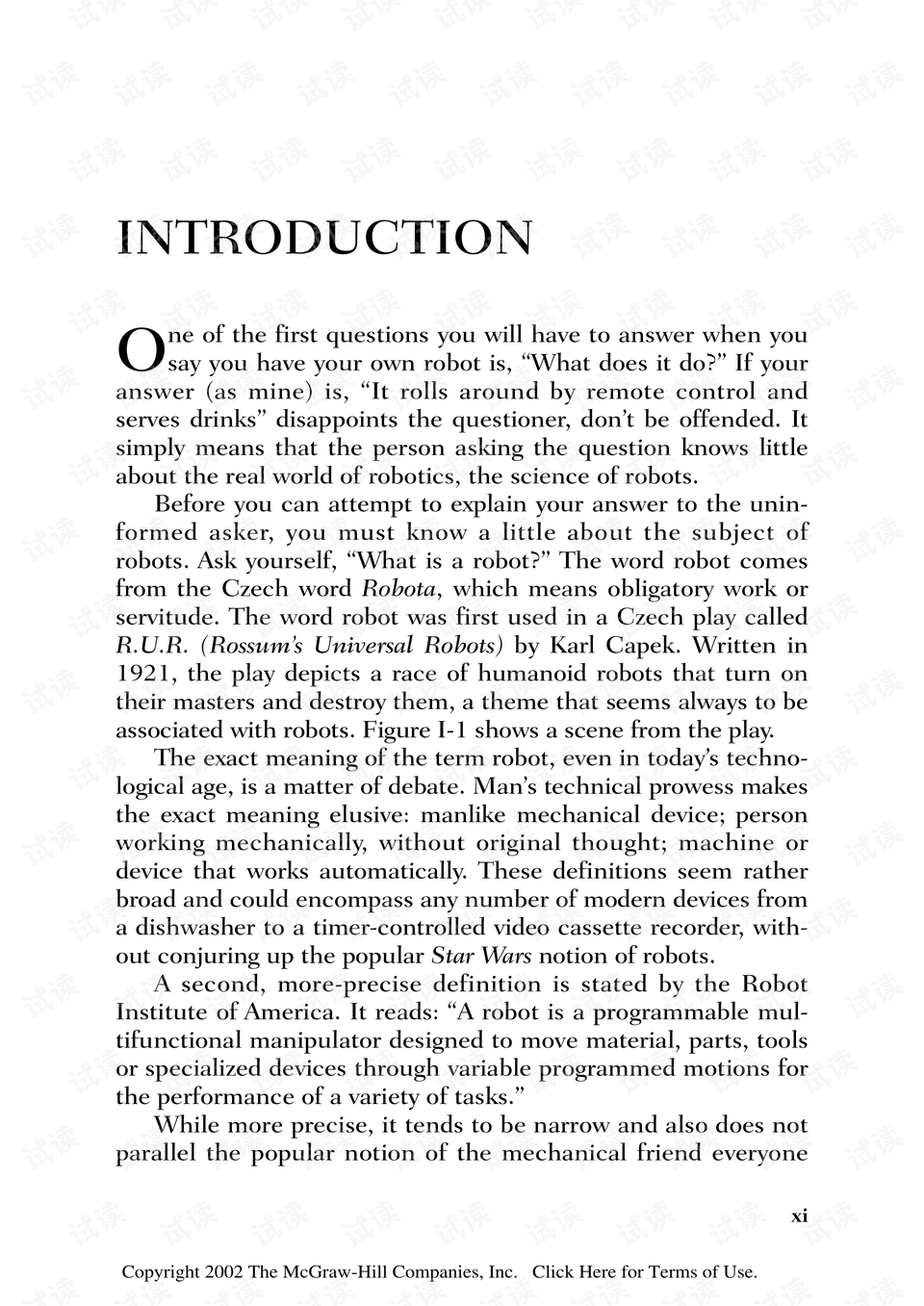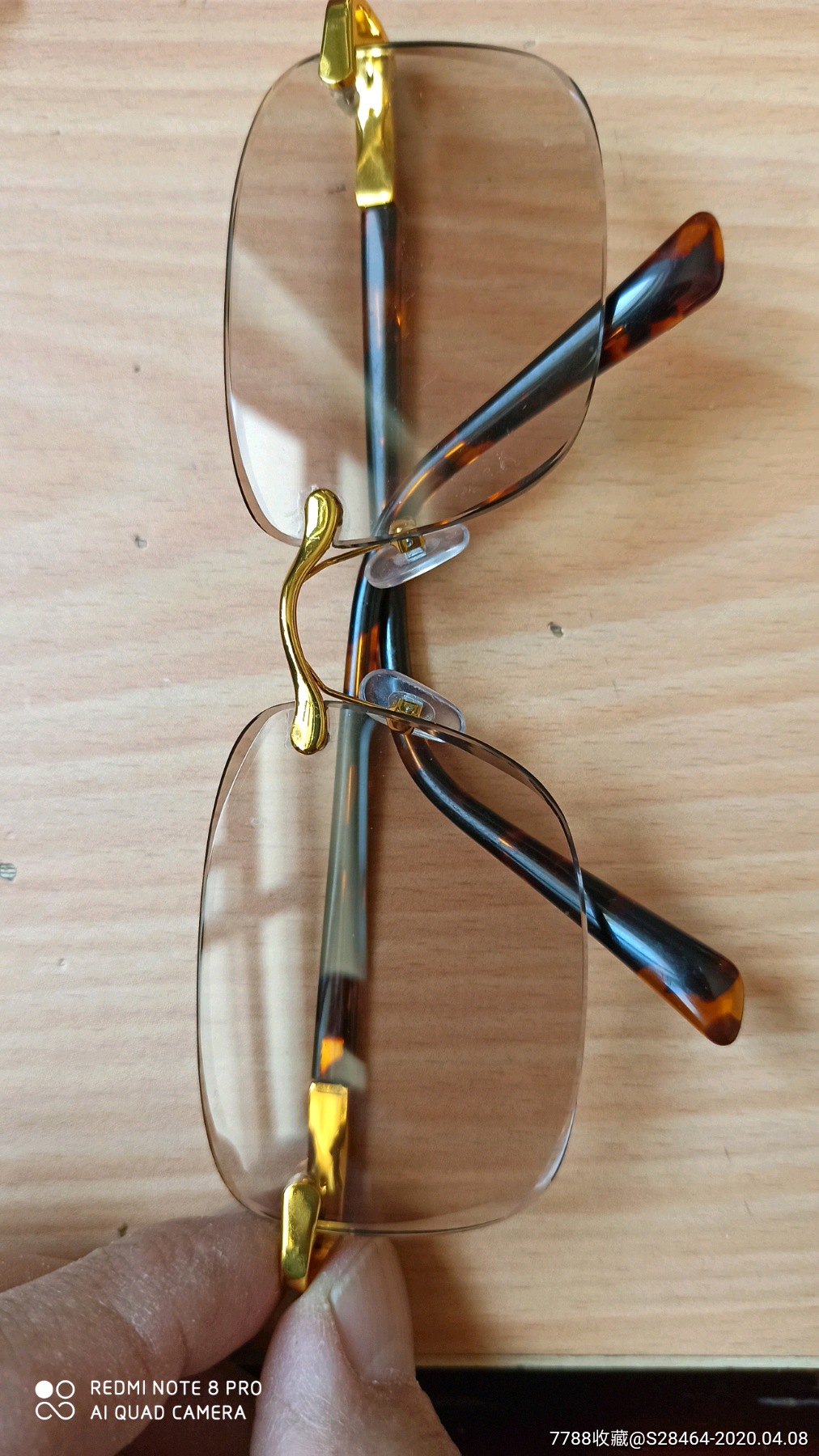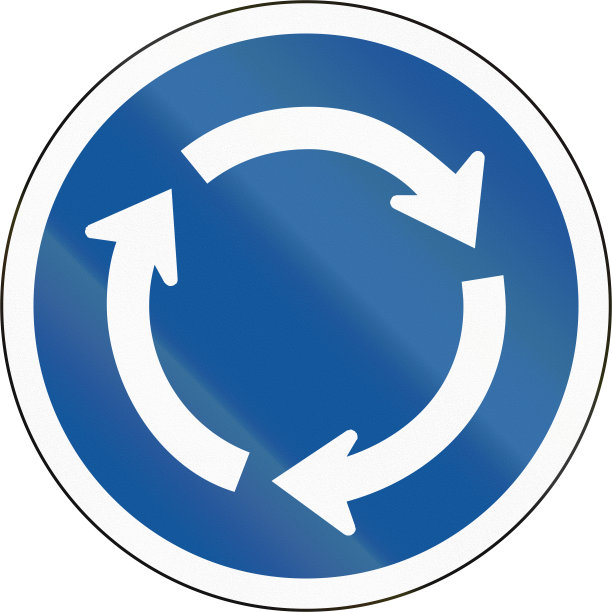In the realm of aviation, there is a unique and captivating phenomenon that has gained immense popularity in recent years: remote-controlled aircraft, commonly known as "remote control planes" or "RC planes." These are not just toys for children but rather a fascinating blend of technology and engineering that offers an unparalleled flight experience.
Remote-controlled aircraft are aircraft that are controlled remotely by an operator using a transmitter or remote control device. These aircraft come in various shapes and sizes, from small toy-like models to large, complex drones used for commercial and military applications. The concept behind remote-controlled aircraft is simple but highly sophisticated, relying on the principles of aerodynamics and advanced technology.
The journey of remote-controlled aircraft began in the early days of aviation when model aircraft enthusiasts began experimenting with radio-controlled systems. These early models were simple in design but paved the way for the modern remote-controlled aircraft we see today. With the advent of technology, remote-controlled aircraft have become more complex and sophisticated, incorporating features like GPS navigation, high-resolution cameras, and autonomous flight capabilities.
Remote-controlled aircraft are used for various applications, ranging from recreational purposes to commercial and military uses. In the recreational realm, remote-controlled aircraft provide an exciting and enjoyable hobby for people of different ages. These aircraft can be flown indoors or outdoors, providing a source of entertainment and relaxation.
Moreover, remote-controlled aircraft have also found their place in commercial applications. They are used for aerial photography, land surveying, and even delivery services. With the integration of advanced technology like GPS and high-resolution cameras, remote-controlled aircraft can perform tasks that were once challenging or impossible.
Furthermore, remote-controlled aircraft have also gained importance in military applications. They are used for surveillance, target practice, and even for carrying out dangerous missions. The use of remote-controlled aircraft in military operations has greatly reduced the risks associated with human pilots and has made it possible to carry out complex missions efficiently.
The technology behind remote-controlled aircraft is constantly evolving. With the advent of artificial intelligence and machine learning, remote-controlled aircraft are becoming more autonomous and intelligent. They are being equipped with features like autonomous flight capabilities, obstacle avoidance systems, and autonomous navigation systems that make them more efficient and safer to operate.
Moreover, with the increasing popularity of drone racing, remote-controlled aircraft are being designed specifically for speed and performance. These racing drones are equipped with high-performance engines and advanced flight control systems that make them capable of performing high-speed maneuvers and races.
In conclusion, remote-controlled aircraft have come a long way from their early days as simple model aircraft. They have evolved into a highly sophisticated and advanced technology that offers an unparalleled flight experience. With the continuous evolution of technology, remote-controlled aircraft are poised to make further advancements in the future, opening up new avenues of possibilities in various fields like entertainment, commercial applications, and military operations. As we look ahead, the journey of remote-controlled aircraft is sure to continue bringing us new experiences and innovations that will shape the future of aviation.












 京公网安备11000000000001号
京公网安备11000000000001号 京ICP备11000001号
京ICP备11000001号
还没有评论,来说两句吧...